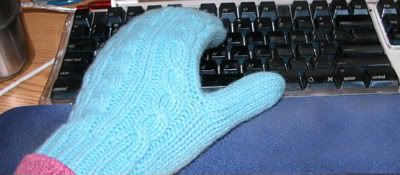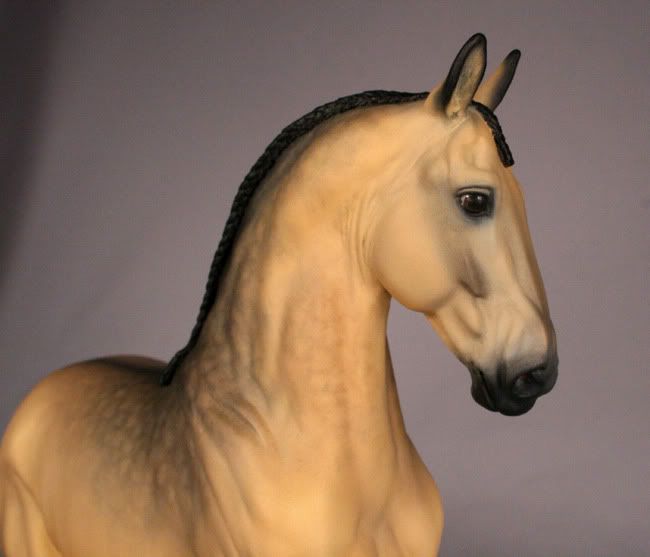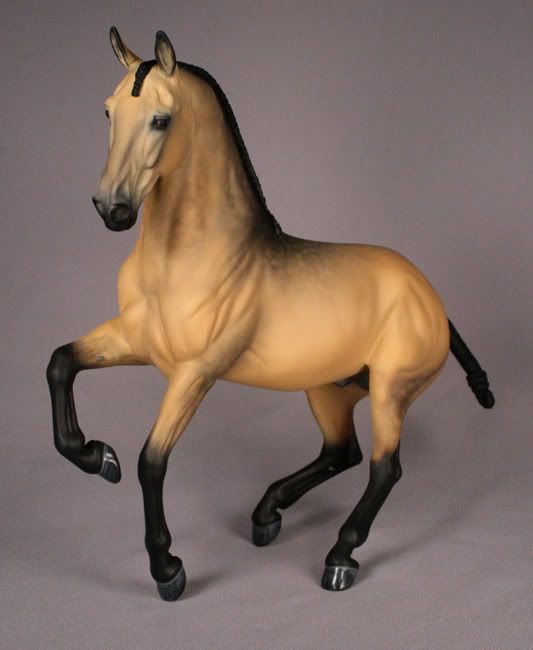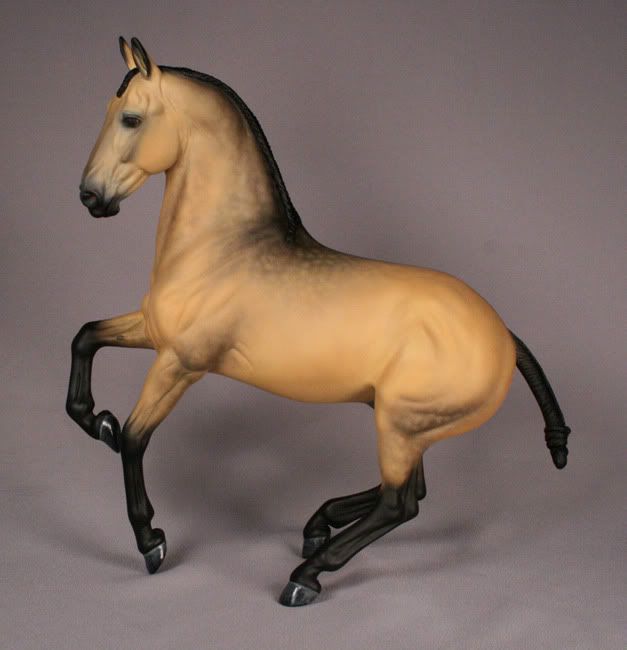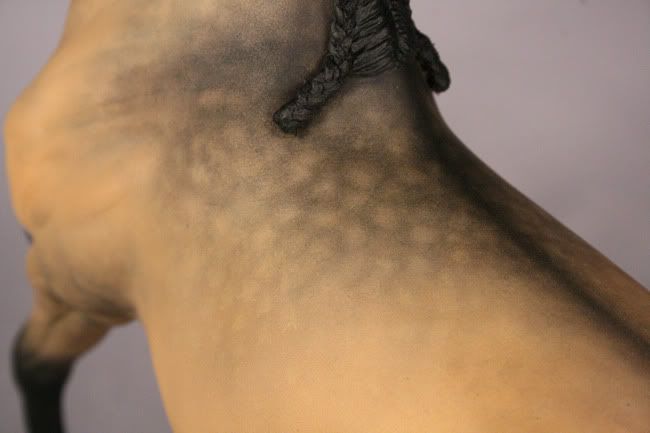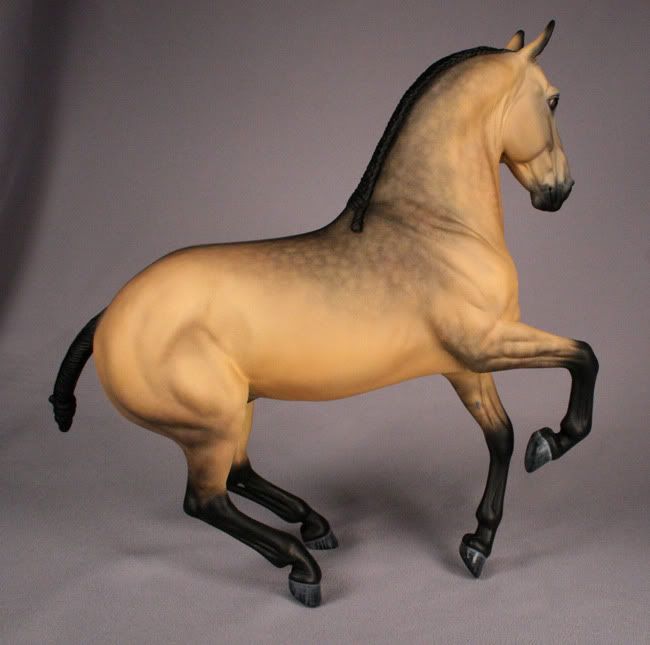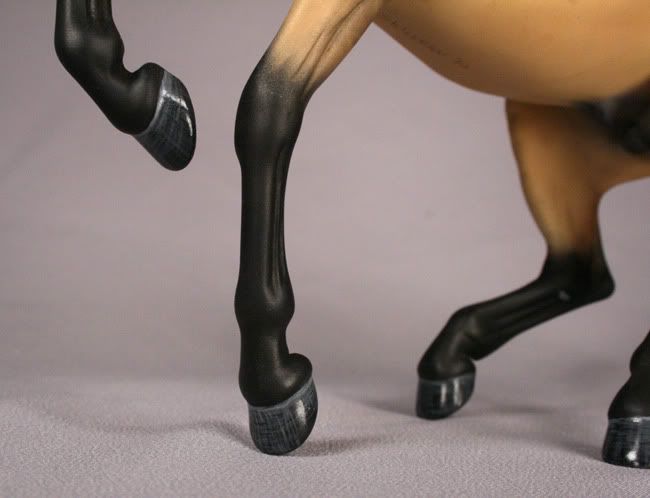I started working in polymer clay--wait, that’s not entirely true. The very first sculpture I submitted for judging was made from my preferred medium at the time: Play-Doh. It was a horse (shocking!)
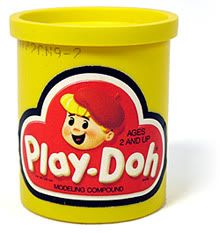
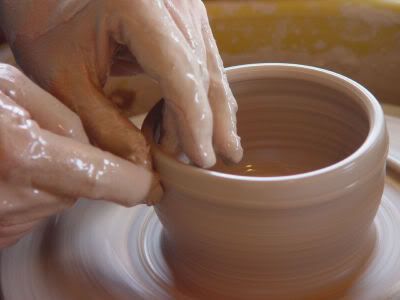
Still meh.
I moved into customizing when I was 13 and started experimenting with various putty epoxies* until settling on Gapoxio, the most popular hobby clay at the time. It got the job done and allowed me to work in greater detail.
*Epoxy is pronounced eh-POX-ee. I do know this, but if you’ve spoken with me about it you’ll notice I pronounce it EE-pox-ee (like E-mail, E-vite, etc.) to avoid confusion with apoxie. I am not dumb. Really.
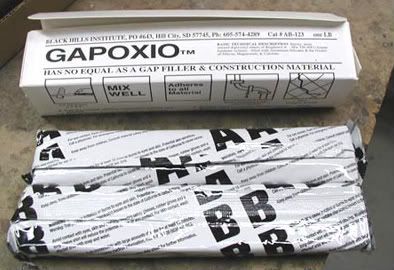
However, the cons of Gapoxio are substantial. It’s mildly toxic and you really should only handle it with gloves. I tend to use the shape of fingers as often to sculpt as I do tools, so working in gloves is the equivalent of typing in mittens.
It’s durable, strong, and rigid, which is a two edge sword. Thin protrusions like wisps of mane and delicate ears are less likely to break if made with Gapoxio BUT it’s a massive pain in the butt to sand. If you’re not covering an entire body in clay, you’ll have a rough time trying to create a seamless transition to the original plastic. Long term, I suspect it is more prone to separating from the body, leading those vintage customs that so often need repair. However, I’m basing my conclusion on 90% hope. I don’t use Gapoxio anymore so I really, really want this to be true.
Moving on to what I use now: Aves Apoxie Sculpt.
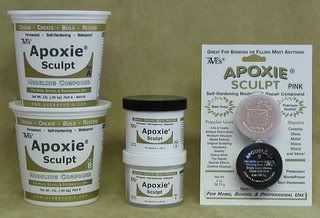
I find Gapoxio and Apoxie tactilely very similar, so the transition was rather seamless. They both smooth out with water.**
**Aves sells a solvent you’re supposed to use instead and I’ve had rubbing alcohol recommended to me as the best product for this purpose. However, I don’t like the smell of rubbing alcohol and inhaling it isn’t healthy. I’m sure Aves’ solvent is effective but I’m extremely cheap. Rubbing alcohol and solvent do not come free through my kitchen tap.
I switched to Apoxie because it’s easy to sand. It’s a bit softer and a tiny bit more flexible than Gapoxio. And bonus: it’s non-toxic. You could eat the stuff--not recommending it, but it’s safe around pets and children. Aves advertises it as non-flammable, so it won’t spontaneously combust. Which I guess is a plus.
Apoxie remains workable for longer (2 to 3 hours instead of 1 hour for Gapoxio), helpful if you want to work on a larger area or don’t like to feel rushed.
I buy my Apoxie direct from Aves, which you can find here.
The hobby recently gained a new product--Amazing Sculpt--designed to compete with Apoxie. Hobbyist Debbie Lermond developed it with models horses in mind. Being my normal stubborn self, I have little compulsion to change. However, I got the chance to try it a few weeks ago when I didn’t have my usually Apoxie on hand.
I hate this clay with the fire of a thousand suns.
You can’t smooth it with water. You have to use their smooth agent and 16 oz will set you back $17.95 (plus shipping). That’s--what--roughly the size of a bottle of beer? And over a buck an ounce. 16oz of rubbing alcohol is only a buck for the whole bottle.
This is a deal breaker by itself, but my hate goes deeper. After the initial mix, I would describe the texture “mooshy.” More paste-like than clay, it reminds me of half dried tacky glue. The website doesn’t come out and say this directly, but it’s probably toxic. They highly recommend rubber or liquid gloves.
If this clay works for you, don’t let me ruin your enjoyment. However, I would discourage my fellow Apoxie enthusiasts from switching to this product.
Moving on to what I use now: Aves Apoxie Sculpt.

I find Gapoxio and Apoxie tactilely very similar, so the transition was rather seamless. They both smooth out with water.**
**Aves sells a solvent you’re supposed to use instead and I’ve had rubbing alcohol recommended to me as the best product for this purpose. However, I don’t like the smell of rubbing alcohol and inhaling it isn’t healthy. I’m sure Aves’ solvent is effective but I’m extremely cheap. Rubbing alcohol and solvent do not come free through my kitchen tap.
I switched to Apoxie because it’s easy to sand. It’s a bit softer and a tiny bit more flexible than Gapoxio. And bonus: it’s non-toxic. You could eat the stuff--not recommending it, but it’s safe around pets and children. Aves advertises it as non-flammable, so it won’t spontaneously combust. Which I guess is a plus.
Apoxie remains workable for longer (2 to 3 hours instead of 1 hour for Gapoxio), helpful if you want to work on a larger area or don’t like to feel rushed.
I buy my Apoxie direct from Aves, which you can find here.
The hobby recently gained a new product--Amazing Sculpt--designed to compete with Apoxie. Hobbyist Debbie Lermond developed it with models horses in mind. Being my normal stubborn self, I have little compulsion to change. However, I got the chance to try it a few weeks ago when I didn’t have my usually Apoxie on hand.
I hate this clay with the fire of a thousand suns.
You can’t smooth it with water. You have to use their smooth agent and 16 oz will set you back $17.95 (plus shipping). That’s--what--roughly the size of a bottle of beer? And over a buck an ounce. 16oz of rubbing alcohol is only a buck for the whole bottle.
This is a deal breaker by itself, but my hate goes deeper. After the initial mix, I would describe the texture “mooshy.” More paste-like than clay, it reminds me of half dried tacky glue. The website doesn’t come out and say this directly, but it’s probably toxic. They highly recommend rubber or liquid gloves.
If this clay works for you, don’t let me ruin your enjoyment. However, I would discourage my fellow Apoxie enthusiasts from switching to this product.

